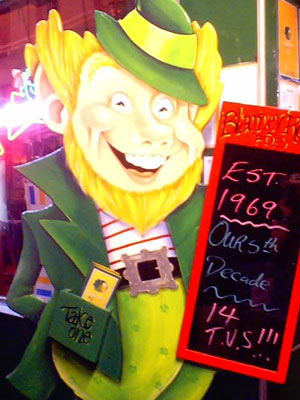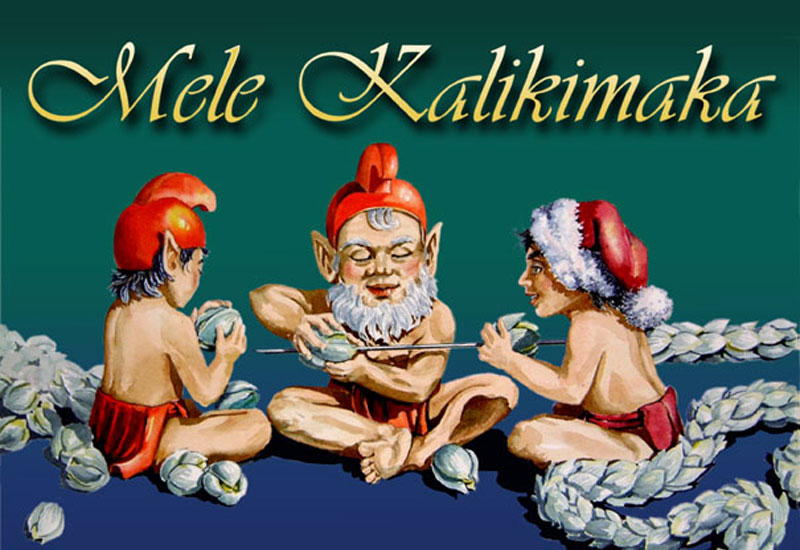He was the original king of Hawaii. Theres a place called the Pali Lookout and its super high up in the mountains. He is known for single handedly throwing an entire army off the lookout. His army was a lot smaller than his enemys army. It was a long, long time ago. And because he won, he controlled Hawaii again.
Analysis:
Collin Evans was born on the main island of Hawaii and attended Hawaiian school all his life. He recently moved to California to attend the University of Southern California to major in Mechanical engineering.
He learned the story of King Kamehameha during preschool or kindergarten. Every kid on the Island knows it. There are statues of him all over the island. Hes basically the man. He has become engrained in the culture of Hawaii and is now considered common knowledge. Collin feels this story links him to his past and to Hawaiian history.
King Kamehameha has become a legend throughout Hawaii. He is recognized for establishing the nation state of Hawaii and being its first ruler. Hawaii embraces the iconic figure and even uses him in tourism. Pali Lookout has become a huge tourist attraction. Figures of King Kamehameha are sold in gift shops. He even has his own holiday celebration on the 11th of June. Traditional Hawaiin food is served, accompanied by traditional music and dances. There is a King Kamehameha hotel in Kona Beach, claimd to be the place where he once resided.
The manner in which Hawaiians embrace King Kamehameha is similar to the way in which the Irish embrace St. Patricks Day. People are embracing this because it is a way for people to hold onto there culture.
Its considered a legend because people do not know if it has happened or not, yet it inspires questions about veracity. Although it is very unlikely that King Kamehameha single handedly threw an entire army off the lookout point, it was the location of battle. During that time frame, the inhabitant of the island believed in spirits and maybe got spooked or it may be that they were surrounded. There are several possibilities to why he became victorious, but its open for discussion.
Annotation:
Books and videos can be found on the legend of King Kamehameha, for he has become one of Hawaiis most respected icons. Richard Tregaskis developed the video The warrior King: Hawaiis Kamehameha the Great, made in 1973 and published by Macmillian. Also more information can be read on The Napoleon of the Pacific: Kamehameha the Great written by Herbert Henry Gowen, pubished by Fleming H. Revell Co. in 1919 (pg. 78).



